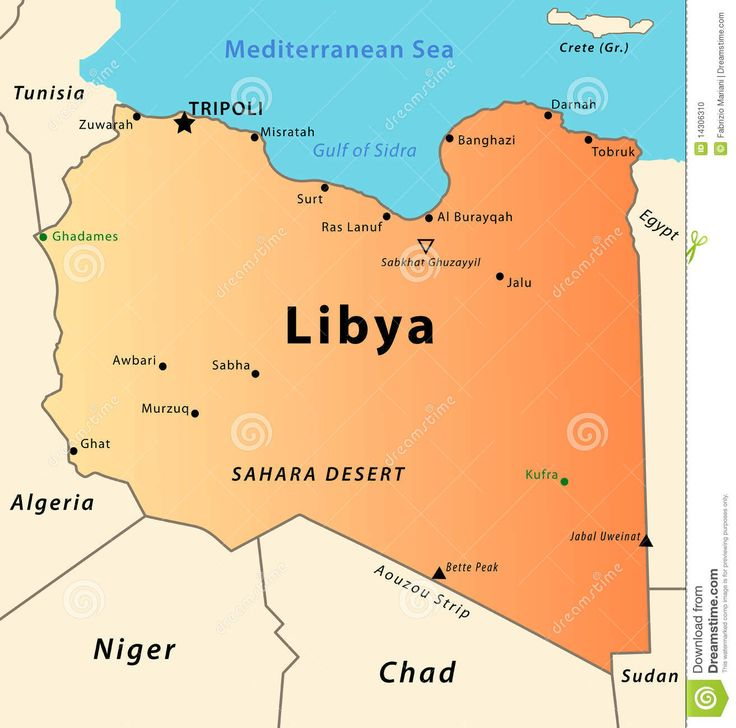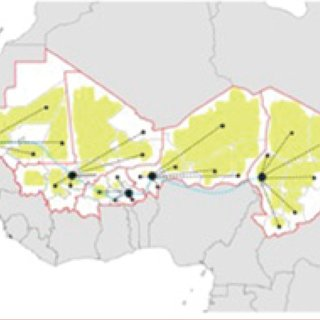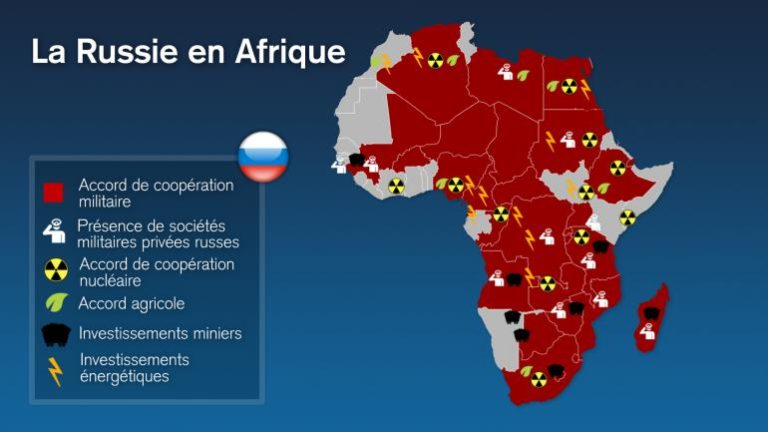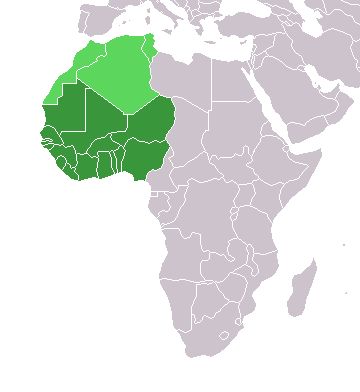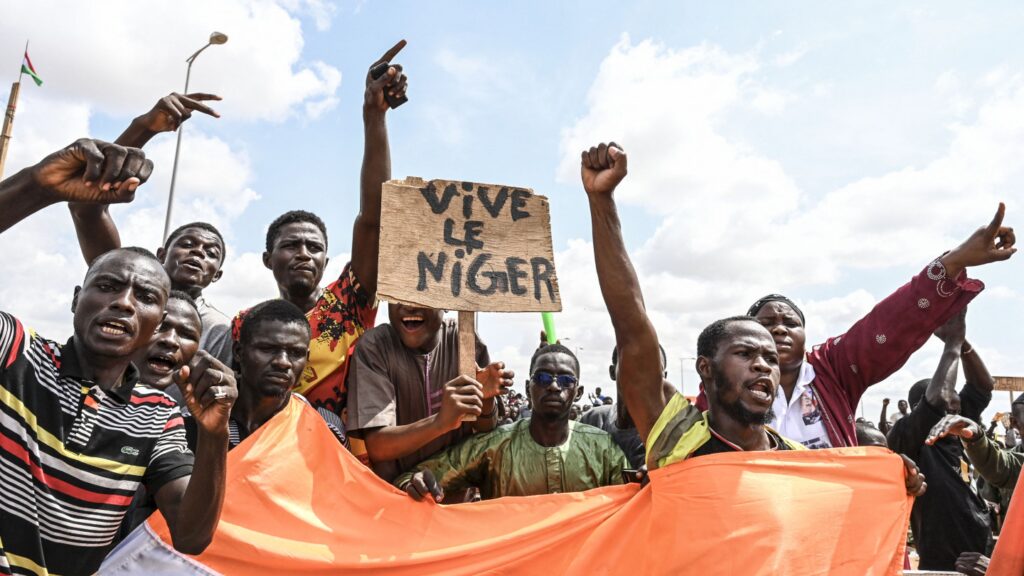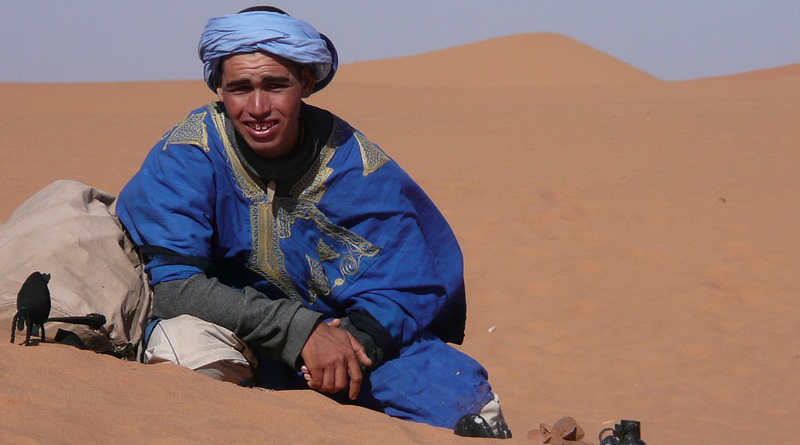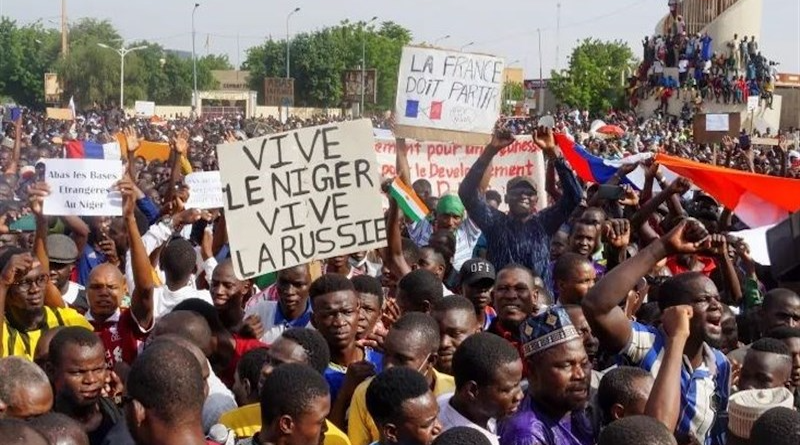L’Occident prépare-t-il de nouvelles guerres en Afrique, en Asie et en Amérique ?
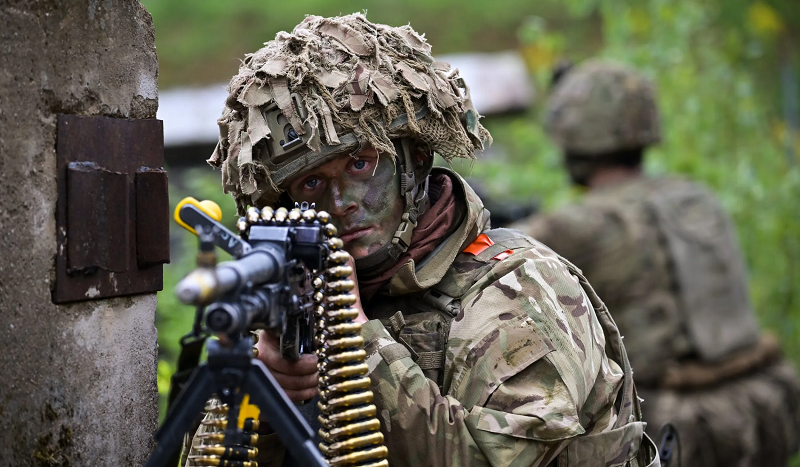
Les analyses du géopouvoir revêtent une importance capitale, car la plupart des gouvernements disposent d’équipes spécialisées dans l’étude approfondie des idées avancées, des voies possibles et du pronostic des événements, jusqu’à montrer de nouveaux points de conflit insoupçonnés, tout cela dans le but d’organiser la politique étrangère et intérieure de leurs nations.

